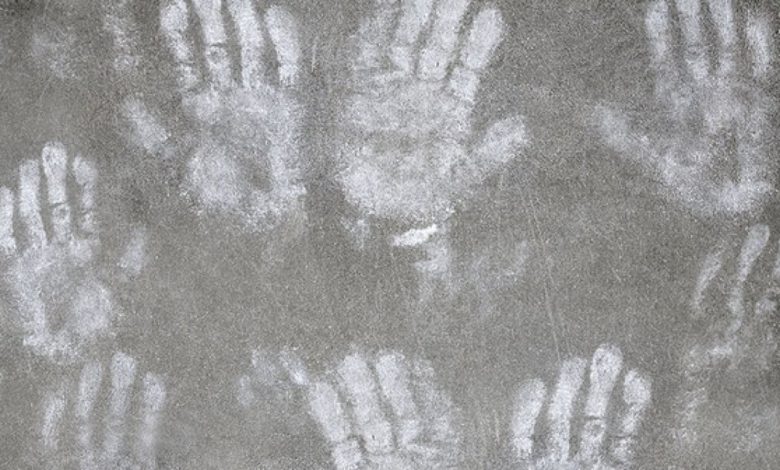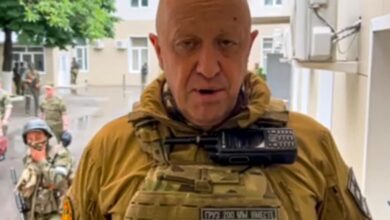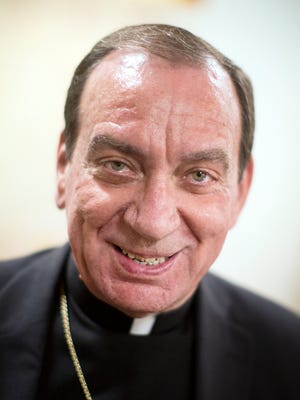
CINCINNATI — Sunni Smith had overcome some financial hurdles in 2019 and felt like she was back on track.
Then the coronavirus pandemic hit.
As the economy tanked last year, her hours as an ultrasound stenographer dried up. Expectant parents stopped scheduling appointments at the cash-only business where she worked. Her other part-time job with the YWCA of Greater Cincinnati simply wasn’t providing enough income to cover her bills.
Project Lift was there to help.
Launched in early 2019 by the Child Poverty Collaborative, Project Lift is a program designed to give families the resources they need to help lift themselves out of poverty. Families work with churches and other nonprofits to explain their struggles and the assistance they need, and Project Lift provides money to help them resolve their problems and get ahead.
Courtesy of Sunni Smith
“The Lift program, they came in right when I needed a lift,” said Smith, who lives in Woodlawn with her 13-year-old daughter. “I could have gone on a totally different path.”
Project Lift is now on a new path of its own. Cincinnati Mayor John Cranley will announce Wednesday that the public-private partnership is transitioning to become a program of United Way of Greater Cincinnati instead of being administered by Hamilton County Job & Family Services.
The new arrangement means United Way will take over the Child Poverty Collaborative’s efforts to raise private money to help families, said Sister Sally Duffy, the chair of the Child Poverty Collaborative. Hamilton County JFS will continue to provide as much public assistance as possible through its Prevention, Retention and Contingency program.
The move also marks a major change for the Child Poverty Collaborative itself. Duffy described it as a “passing of the baton.”
The collaborative has now transitioned all its programs and work to either United Way or the Cincinnati USA Regional Chamber. The chamber oversees the Workforce Innovation Center, which is encouraging local businesses to adopt policies such as higher wages that make it easier for families to support themselves. And both the chamber and United Way will advocate for policy and legislative changes aimed at reducing poverty and helping families build wealth, Duffy said.

WCPO
“Millions of dollars are being spent now to the benefit of reduction of poverty,” Cincinnati Mayor John Cranley told WCPO 9. “From 2013 to 2019, the city poverty rate went down faster than the national poverty rate went down. The economy was good prior to COVID, and the poverty rate was going down everywhere, but it was going down faster in the Cincinnati area than the rest of the country. There are many contributing factors to that, but the efforts of this group and several other groups were part of that.”
That’s not to say the Child Poverty Collaborative is declaring victory, Duffy added, saying there is still much work to do. But the collaborative was never meant to become a nonprofit organization of its own.
“As a person of faith, we believe that there is seed time and harvest time. And the Child Poverty Collaborative has planted the seeds,” said Bishop Ennis Tait, a Child Poverty Collaborative co-chair. “And now there is a great harvest for our city that is taking place through our individual works, our organizations and our companies as well as those that are also benefiting from the seeds that have been planted.”

Joe Simon
‘It’s about lives changed’
The Child Poverty Collaborative launched in 2016 with some of the region’s most influential business and community leaders at the helm.
RELATED: ‘The goal is zero children in poverty’
Its leaders announced an ambitious goal to help lift 10,000 children out of poverty within five years and help 5,000 unemployed or underemployed adults get jobs. The goal was later described as helping 5,000 families lift themselves out of poverty.
Census data released in December showed a reduction of nearly 5,000 in the number of Cincinnati children living below the federal poverty level in 2019 as compared to five years earlier. Over that time, Hamilton County had about 3,970 fewer families living below the poverty level, according to the data. None of that information takes the COVID-19 pandemic and economic crisis into account.
After stops and starts with other strategies, Child Poverty Collaborative leaders launched Project Lift in 2019 in hopes that the program could help 1,000 families per year.
The program helped 460 families in 2019 and 456 families last year, according to a status report dated Feb. 4, 2021. The program also has helped four families so far this year. Nearly 17% of the families that got help from Project Lift reported an increase in their household incomes of at least 20%, the report showed.
Chandra Mathews-Smith, United Way’s chief community engagement officer, said she’s confident the program will reach its goal of helping 1,000 families annually in 2021.

Provided
The coronavirus pandemic slowed fundraising for Project Lift, and the fundraising helps determine how many families can be helped. But fundraising shouldn’t be the only measure of the program’s success, said Michael Fisher, CEO of Cincinnati Children’s Hospital Medical Center and one of the original Child Poverty Collaborative co-chairs.
The fact that private businesses, nonprofits, churches and government agencies are all working together to make Project Lift successful marks a major shift from where the region started in early 2016, he said.
“For me, the biggest change, five, six years later, is it’s really now an ecosystem and spirit of opportunity,” Fisher said. “Really it’s about lives changed. It’s about community and culture changed.”
Sunni Smith said Project Lift definitely has changed her life for the better.
Project Lift volunteers at Zion Global Ministries helped her with money to purchase new tires, pay the deposit and first month’s rent for a more affordable apartment for Smith and her daughter, and it even paid the fees for Smith to take exams to expand her skills to make her more marketable as an ultrasound stenographer.
Smith now is working a full-time job at the YWCA, a position that Project Lift gave her the confidence to seek, she said. And she tells all her clients there about the program and the help it can offer families who are working hard to help themselves.
“It was a hand up, not a handout,” Smith said. “If it wasn’t for the Lift program, my story would be totally different.”

Courtesy of Sunni Smith
More information about Project Lift is available online.
Lucy May writes about the people, places and issues that define our region – to celebrate what makes the Tri-State great and shine a spotlight on issues we need to address. Poverty is an important focus for Lucy and for WCPO 9. To reach Lucy, email [email protected]. Follow her on Twitter @LucyMayCincy.







